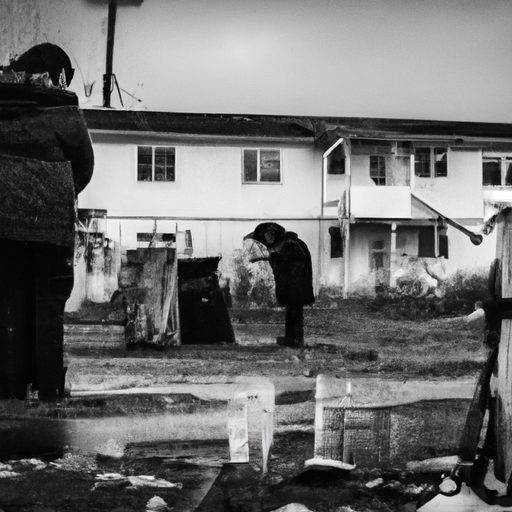A Closer Look at the Canadian Opioid Crisis and First Nations Housing Problems
There is an increasing spotlight on the Canadian opioid crisis and its intersections with issues such as homelessness and housing inadequacy. As detailed in this recently published article from APTN National News, the federal government and Canada Mortgage and Housing Corporation (CMHC) have made little progress with First Nations housing problems. This is notably concerning as the opioid crisis continues to escalate and such issues are becoming increasingly interlinked.
An Overview: Canadian Opioid Crisis and Indigenous Communities
The rise in opioid dependency and related deaths among Canadian populations points to a looming and persisting public health crisis. The problem is particularly acute among the marginalized communities such as the First Nations. The housing issue among the First Nations and the opioid crisis have now become so intertwined that it is impossible to successfully address one without solving the other. This results in a cycle of homelessness, crime, and opioid dependency that continues to detrimentally impact these communities.
Housing Inequities And Opioid Crisis
First Nations people have long been bearing the brunt of housing issues in Canada. Overcrowded and inadequate living conditions are entrenched problems. As the opioid crisis deepens, it compounds these issues, leading to a detrimental cycle of homelessness and drug addiction. Therefore, it is alarming to know that the governmental bodies tasked with alleviating these problem, aren’t making a significant progress.
Government’s Effort: Late & Insufficient
Despite the unprecedented tragedies precipitated by this crisis, governmental bodies like the CMHC have been slow to make meaningful progress adresssing this crisis. Clear evidence of this is the in the housing situation among the First Nations people which is exacerbating the opioid crisis. Despite acknowledgment and initiatives, the progress has been sparse and slow.
Given the gravity of the situation, one would expect a rapid response and substantial efforts – after all, lives are literally in balance. However, the reality is dire with housing issues making it more difficult for opioid victims to find support and stability. The opioid crisis and housing issues have become a chronic cycle that needs urgent attention.
Key Points From The Article
- Lack of adequate and affordable housing is a prevalent issue among First Nations communities.
- The housing crisis among these communities is directly influencing the opioid crisis, resulting in continued homelessness and drug dependency.
- Government agencies like CMHC have made minimal progress in improving housing conditions.
- The urgency of this situation necessitates more than just acknowledgement; timely and substantial efforts are needed.
- Life-saving measures like naloxone and opioid class action initiatives alone aren’t enough. Preventive measures addressing housing issues need to be prioritized.
In conclusion, the implications of this article cannot be overstated. The intertwining of the opioid crisis and housing issues among the First Nations communities is deep-rooted and the slow progress by governmental bodies is profoundly worrying. While initiatives like naloxone distribution and opioid class action are essential in dealing with the opioid crisis, the pressing housing issues that aggravate this crisis must also be addressed.
To fight against the opioid crisis effectively, all contributing factors need to be considered and the dire housing conditions amongst the First Nations communities is a significant one. We must remember, the opioid crisis is not merely a health crisis. It is a crisis reflecting deeper societal and systemic disparities, disparities that need to be acknowledged, addressed and rectified.


